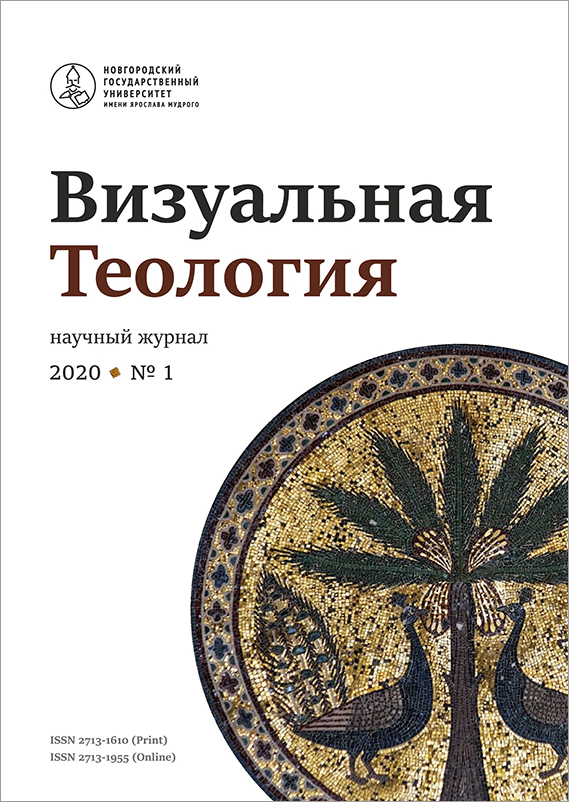Sacred Topics of Russian Cities (7). To the Typology of the Overgate Churches
Abstract
In this article I continue to study the principles and methods of forming the space of a traditional Russian city as a visual text. Such a text has predominantly sacred content: it expresses religious attitudes, purposes and values, as well as conveys sacred patterns and demonstrates eschatological images. The syntax of urban visual text is determined by key architectural dominants that carry the basic semantic load. Such dominants in a traditional Christian city are the cathedral and the front gate, combined into one spatial syntagma. The “cathedral–gate” complex is a direct allusion to the sacred topic of Jerusalem. The creation of such an ensemble is a widespread Russian way to implement a cultural-semiotic transfer, that is, to reproduce the Jerusalem spatial “program”. At the same time, the specifics of the Russian version of the “New Jerusalems” is in the special design of the gate, which combines a travel tower and an overgate church. In the article I critically analyze the thesis that Russian overgate churches come from the Byzantine samples. I show that the overgate church is originally Russian architectural invention, and the creation and wide distribution of this building is explained by the solution of the semiotic problem – the aspiration to create a “spatial icon” of Jerusalem as the center of the Holy Land. I also suggest a typology of overgate churches. The purpose of this typology is to clarify the scope and content of the overgate church concept, to identify and characterize the varieties of this architectural structure, and also to indicate those variations of the “church–gate” composition, that are not possible to be attributed to the category of overgate churches in the exact sense. In the article I suggest five types of overgate churches and define architectural structures belonging to these types. This study clarifies thesis about the crucial role of Russian overgate churches in creating sacred space (hierotopy) of the Eastern Christian cities.



